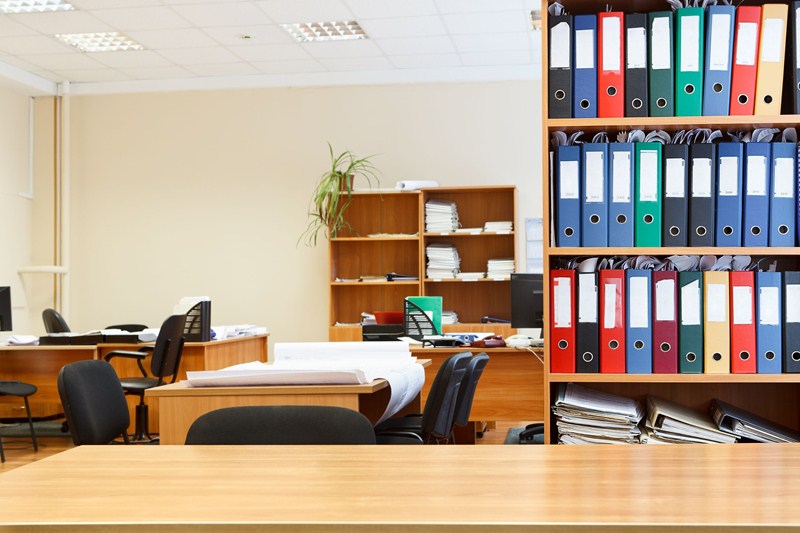It may be some time before we could state with some certainty that it was back to business as usual; usual being the business environment before the arrival of Coronavirus.
What has changed?
The major change has been the dampening of demand due to lock-down and other government interventions aimed at job retention and support for businesses hardest hit. For example, the hospitality sector.
Food retailers, supermarkets and the online shopping platforms have prospered as we have met our needs for goods by internet shopping from home.
Pubs, restaurants and hotels have been closed and are only recently re-opening.
Social distancing is still making demands of all businesses that need footfall, that need customers through the door. Table covers are much diminished, there are queues to access most stores and sanitation points are demanded to control the spread of infection. As recent events in Leicester have demonstrated, Coronavirus has not gone away. And if there are local flare-ups, the Government will quickly intervene to reintroduce local lock-downs.
As we have previously posted, all of these new demands on businesses need to be considered. At one end of the scale the disruption has been too much, and businesses have closed and will not be reopening. At the other extreme, businesses that have thrived – there are a few – will need to plan in order to avoid the possibility of overtrading.
To survive in this new normal, Coronavirus period planning for best use of business resources is critical. The assumptions that we have taken for granted in the past, for example free movement of customers to access our goods and services, may no longer apply and the costs of adapting (on revenue, costs and cash flow) need to be factored into our business planning.


Recent Comments